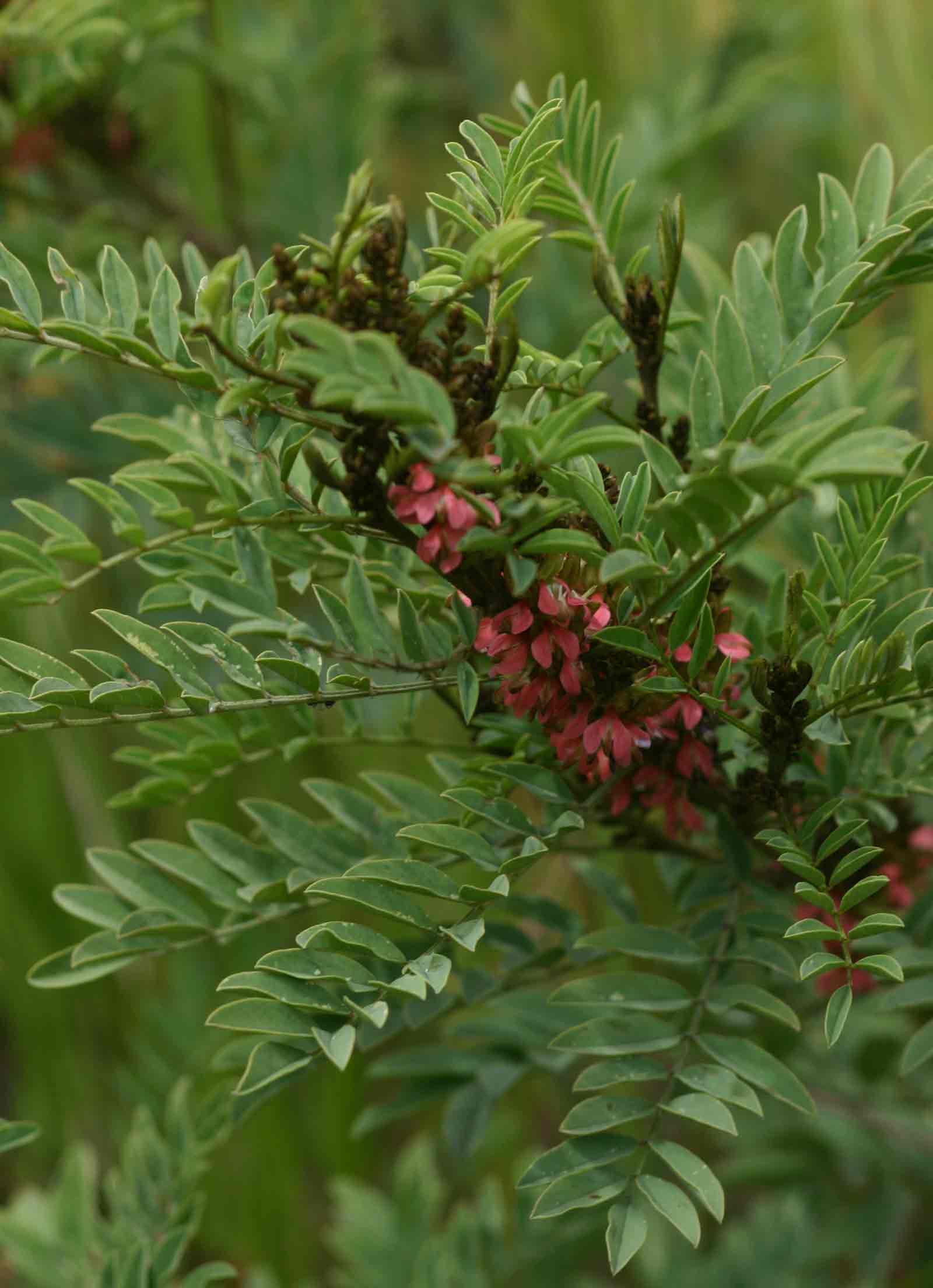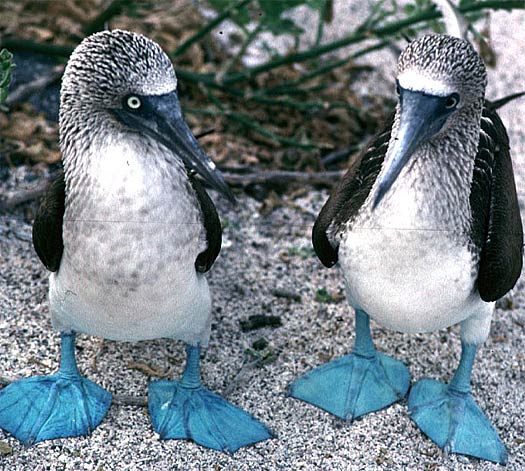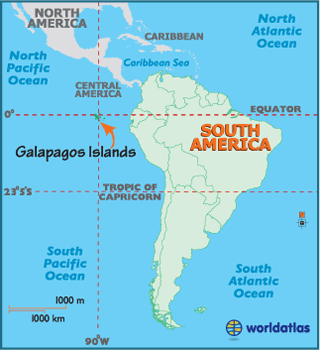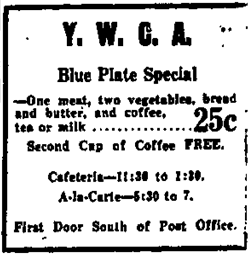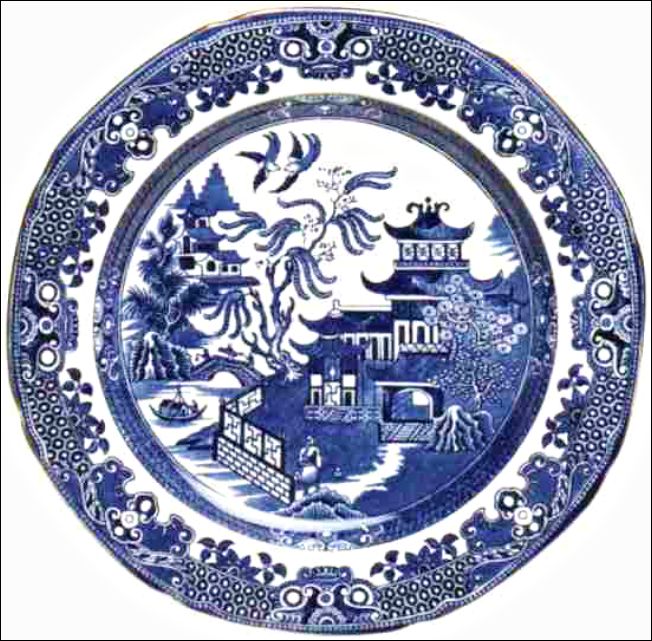I thought I'd finish up my series of blue entries with a whole bunch of blue things, with a few facts about each. Sort of like the finale at a fireworks show.
Blue Suede Shoes
Blue Suede Shoes
(Photo from some site on Etsy that isn't loading)
- We all know Elvis Presley performed the song, but Carl Perkins is the guy who wrote it. He got the idea from Johnny Cash.
- Cash told Perkins about an Air Force sergeant he used to know was rather particular about his appearance. He used to say, jokingly, "Just don't step on my blue suede shoes!" The reason this was a joke was because he'd be wearing his Air Force uniform at the time, with his regulation-issued shoes.
- Cash thought this was a good line for a song, but Perkins didn't have any idea what to do with it. Not long afterward, he was performing at a dance when he heard a boy tell the girl he was dancing with, "Uh-uh! Don't step on my blue suedes!" He thought it was pretty incredible that the boy would care more about his shoes than the girl, and that's what made the song start to click in his head.
Baby Blues
"I was shakin' in my shoes whenever she flashed those baby blues"

Blue eyes of a newborn
(Photo from info.com)
- The phrase comes from the fact that a lot of Caucasian babies are born with blue eyes. It's supposed to suggest wide-eyed innocence, as innocent as a newborn babe.
- When people say that all babies are born with blue eyes, they are exaggerating. Some percentage of Caucasian babies are, but not every baby is born with blue eyes.
- Some babies' blue eyes will change to a different color as the babies get a little older. This is because the melanin doesn't kick in until it's exposed to ultraviolet light.
- Usually, after about 6 to 9 months, you'll notice a baby's eye color will have started to change.
- Some babies' eyes will continue to change for as long as three years. In about 10% of babies born with blue eyes, it may take even as long as adulthood until their eyes have settled on their final color.
Bluegrass

Kentucky bluegrass, a.k.a. Poa pratensis. Its tendency toward lushness is what makes this a favorite "barefoot grass."
(Photo from Power Seeds Inc.)
- Bluegrass the music,is named for bluegrass the plant, which has a blue-ish tinge and grows in Kentucky.
- Naturally, you'd think that Kentucky Bluegrass the plant would be native to Kentucky. Actually, it's originally from all over the place: almost all of Europe, northern Asia, and the mountains of Algeria and Morocco.
- If you're just starting a lawn of bluegrass, don't mow it until it gets higher than 2 inches. And going forward, it's best not to mow it any shorter that 2 inches.
Blue Humor

The Aristocrats may be the quintessential bluest joke. Here's Gilbert Gottfried, after telling it at a friar's roast not long after 9/11.
(Photo from Youdopia NSFW)
- Jokes that involve bad language or sexual or vulgar or crude situations are typically referred to as "blue humor."
- A lot of people say that this phrase comes from another phrase, "blue laws," which were laws going as far back as the 17th century that punished bad language, lying, swearing, public drunkenness, etc. In other words, laws that governed moral behavior. That much of the origin of "blue humor" seems to be true.
- However, people go on to say that the phrase "blue laws" comes from the fact that the laws were printed on blue paper. This part is not true.
- The experts can't say for 100% certain, but they're reasonably sure that "blue laws" is related to the word "bluenose."
- A bluenose is a very rigidly moral person, presumably one who would write laws about what you can and cannot say in public.
Blueprints
Blueprints are architectural or other detailed drawings that have a blue background and the text and lines are in white.
(Photo from Twins Daily)
- Blueprints, as you'd expect, are so named because they are blue.
- The paper doesn't start out to be blue, but it turns out that way as a result of the process by which the designs are printed on the paper.
- Technically, a blueprint is called a cyanotype. Making a cyanotype is a lot like developing a photograph. The process uses iron compounds, which start out to be green, but once they're exposed to UV light, they turn blue.
- (Sort of the opposite of baby's eye color thing then.)
- If you want to know more about how to make a cyanotype, a site called Alternative Photography has the instructions.
Blue Whales

The blue whale. Everything about it is superlative.
(Photo from Wonderful Whales)
- Blue whales are the largest mammals on Earth.
- They can get to be 100 feet long and weigh some 200 tons.
- Here's a weird tidbit: their tongues, alone, can weigh as much as an elephant. (I don't know who's going around weighing blue whale tongues, but I believe this assertion)
- They eat anywhere from 4 to 8 tons -- tons -- of krill per day.
- Baleen, the stuff over their mouths that they use to filter in food, is made of stuff very like our fingernails.
- They're also among the loudest animals on the planet. Their sounds are at very low frequencies, but they're so loud, other blue whales can hear them up to 1,000 miles away.
And now, with this last hurrah, I must tell you that I'm going on vacation. Please of course browse around in the meantime. With 591 other entries to choose from, I'm sure you'll find something to interest you. See you in a couple of weeks!
Want more blue things? How about bluebirds , blueberries, Steely Dan's "Deacon Blues," plus of course the entries from this series: blue-footed booby, blue jeans, bleu cheese, and the ever-popular blue-plate special.
Sources
Squidoo, Elvis Songs: Blue Suede Shoes
Songfacts, Blue Suede Shoes by Carl Perkins
Rockabilly Hall of Fame, Blue Suede Shoes: Chronology of a Hit
Anne Marie Helmenstine PhD, About.com, Why Are Babies Born with Blue Eyes?
What to Expect, Baby's Eye Color
Texas A&M System, Aggie Horticulture, Kentucky Bluegrass
Snopes.com, Blue Laws
Patrick Bromley, About.com, Blue Humor
Dictionary.com, blueprint
Alternative Photography, Cyanotype - the classic process
National Geographic.com, Blue Whale
Enchanted Learning, Blue Whale, the Loudest Animal on Earth





